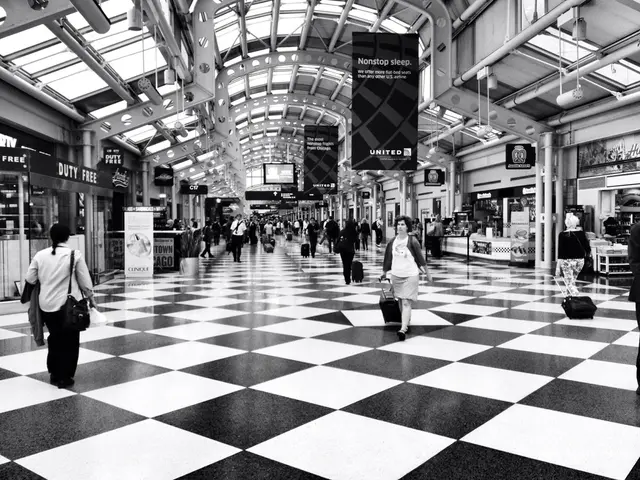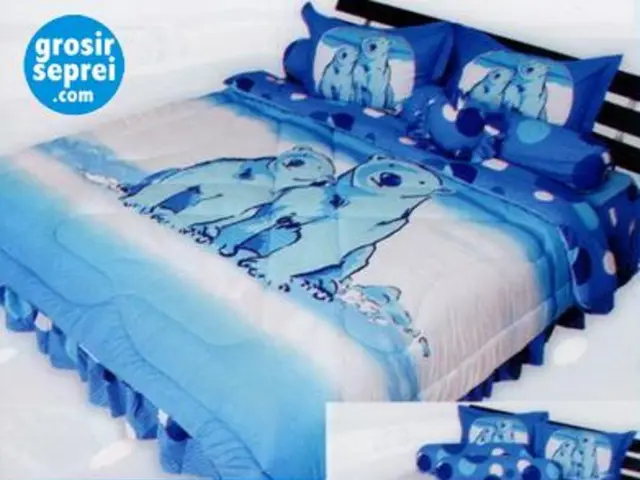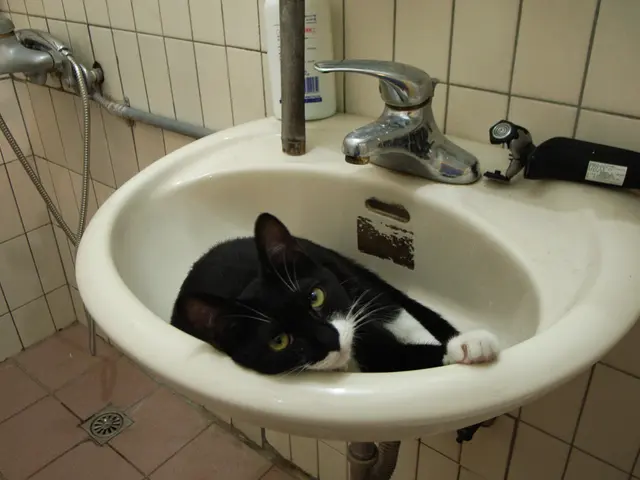Thirteen innovative bathroom decor ideas using wet walls, offering a maintenance-free, fashionable option to tiles.
Bathroom renovations are no longer limited to traditional tiles. Wet wall panels, a modern yet timeless alternative, are taking over as the go-to choice for renovators. With their sleek, fuss-free designs and minimal maintenance, they provide a stylish upgrade to any bathroom. But, before deciding on wet wall panels, it's essential to consider the pros and cons to make an informed decision.
Pros:
- Waterproof: Wet wall panels boast excellent waterproofing qualities, with water-resistant materials and seamlessly sealed joins that prevent leaks and water damage.
- Quick and easy installation: Unlike tiles, wet wall panels can be installed swiftly, often in a matter of hours, making them ideal for even the busiest homeowners.
- Low maintenance: The smooth surface of wet wall panels resists the buildup of mold, mildew, and soap scum, allowing for easy wiping and less scrubbing compared to tiles.
- Design versatility: Panels come in various finishes and styles, such as marble-effect gloss or rustic wooden designs, giving you flexibility to achieve your desired look.
- Cost-effective: While initial panel prices may vary, the overall installation costs are typically lower due to reduced labor and material expenses.
Cons:
- Shorter lifespan: The average lifespan of wet wall panels is usually between 10 to 15 years, compared to the 20+ years lifespan of quality tiles.
- Potential for improper installation: If not installed correctly, wet wall panels may allow water ingress or develop aesthetic issues. Proper preparation, including a flat wall surface or batten frame, is crucial.
- Perceived authenticity: Some homeowners may prefer the authentic look and feel of natural materials like stone or ceramic tiles.
- Space considerations: Installing support structures (like batten frames) can take up valuable space in small bathrooms and may increase costs if needed for uneven walls.
On the other hand, traditional bathroom tiles have their pros and cons as well:
- Durability: High-quality tiles are incredibly durable and can last for decades with proper maintenance.
- Authentic finish: Tiles offer a genuine look and feel, providing an authentic sensation, particularly with natural stone or premium ceramics.
- Wide range of design options: Tiles come in an extensive variety of colors, patterns, and finishes, allowing for highly customized designs.
- Cons:
- Installation: Tiling is labor-intensive, time-consuming, and often requires messy mortar, grout, and waiting times for setting and curing.
- Maintenance: Grout lines are susceptible to mold, mildew, and staining, necessitating regular cleaning and occasional re-grouting or resealing.
- Cost: While tile prices vary, installation costs can be higher due to labor and materials expenses, especially for complex patterns or large areas.
In conclusion, wet wall panels encourage a modern and easy-to-maintain bathroom experience, offering waterproofing, quick and easy installation, and design versatility. However, they have a shorter lifespan and may lack the authenticity of traditional tiles. Consider your priorities, such as time, cost, maintenance, and aesthetic preferences, when deciding between wet wall panels or traditional bathroom tiles for your renovation project.
- For those seeking a modern upgrade in their home-and-garden, wet wall panels have become a popular choice in bathroom renovations, eclipsing traditional tiles.
- These panels, with their sleek designs and minimal maintenance requirements, offer a contemporary yet timeless alternative that cater to the demands of busy homeowners.
- Wet wall panels boast excellent waterproofing qualities, making them highly resistant to water damage and leaks due to their water-resistant materials and seamlessly sealed joins.
- Installing wet wall panels is a quick and easy process, often completed in a matter of hours, offering a more time-efficient solution compared to tiles.
- The smooth surface of wet wall panels resists the buildup of mold, mildew, and soap scum, necessitating minimal cleaning and less scrubbing compared to tiles.
- Design versatility is another advantage of wet wall panels, with options including various finishes like marble-effect gloss or rustic wooden designs, catering to diverse lifestyle preferences.
- While the initial costs of panels may vary, overall installation costs tend to be lower due to reduced labor and material expenses.
- One downside to wet wall panels is their average lifespan of between 10 to 15 years, significantly shorter than the 20+ years lifespan of quality tiles.
- Improper installation of wet wall panels can lead to water ingress or aesthetic issues, requiring careful preparation, such as ensuring a flat wall surface or batten frame, to prevent potential problems.








